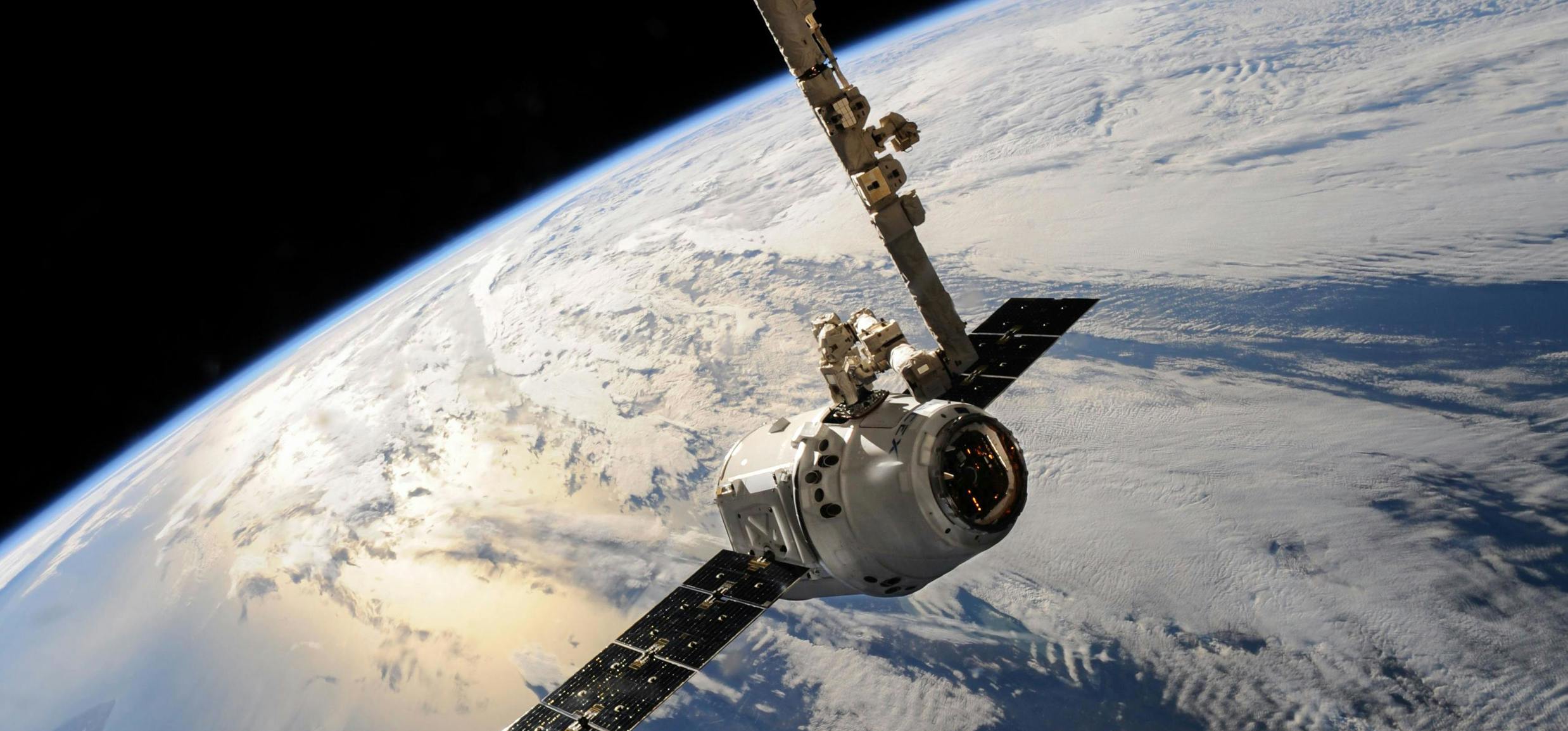
Beyond the Cloud(s): Data Centres in Orbit
Data centres are turning into digital smokestacks. Every scroll, stream, and AI prompt feed a power-hungry beast that gulps electricity and drains water to stay cool. As AI use explodes, we’re on track to supercharge grid strain, boil cities with waste heat, and lock in more carbon from dirtier energy.
If we stick to business-as-usual, the internet’s brain could become the planet’s next pollution problem, faster than most people think.
Why this helps everyone:
Imagine running the world’s computers without burning fuel, without using tons of water for cooling, and without adding extra heat to our cities.
Space data centres could do exactly that. By putting some of our biggest, most power-hungry computers in orbit, we can use constant sunlight, cut day-to-day carbon emissions to near zero, and make new discoveries in medicine, climate science, and AI that improve life on Earth.
Endless sunshine, predictable energy
In space, there are no clouds and no night. That means steady sunlight almost all the time. Above the atmosphere, satellites receive a constant flow of energy, about ~1,361 W/m² of solar energy.
For computers, this is a dream: reliable, clean power without blackouts, seasons, or bad weather. It makes planning and running big systems much simpler.
Near-zero emissions once operating
On Earth, many data centres rely on electricity that can come from fossil fuels, plus backup diesel and water-intensive cooling. In orbit, the computers can run on sunlight every day, so their ongoing use doesn’t create carbon emissions.
Launching the hardware still has a carbon cost, but as rockets get cleaner and parts are reused for years, the total footprint drops, and the day-to-day running stays green.
A quieter load on our planet
Moving some heavy computing to space reduces pressure on Earth’s power grids and water supplies, especially during hot summers. Another bonus: the heat from those space computers is released into space through radiators instead of warming up our cities.
Even shifting a portion of the biggest workloads off planet can help us cut climate impacts while keeping the internet fast and useful.
Perfect for power-hungry tasks like AI
Some jobs need huge amounts of computing for days or weeks, like training AI models, running climate simulations, or exploring protein shapes for new medicines. These tasks care more about steady power and total throughput than split-second speed.
Space offers exactly that: constant energy and cooling designed for the job. Meanwhile, interactive tasks that need super-low delay can stay on Earth or closer to users.
But… isn’t space risky?
Yes, there are challenges: building super-fast, secure links to Earth, keeping orbits clean from debris, and using big radiators to dump heat. But these are engineering problems with known playbooks, more like strict building codes than showstoppers. And the payoff is huge: permanent clean solar power, near-zero day-to-day emissions, less strain on our grids and water, and room for AI and science to grow without cooking the planet.
In short, the risks are manageable and temporary; the benefits are lasting and global, well worth solving.
Conclusion. A clean, smart path forward
The goal isn’t to move everything to space. It’s to build a smart hybrid: keep the quick, sensitive stuff on Earth, and send the long, energy-hungry jobs to orbit where the sun never really sets. If we do this, we get more computing power and less climate impact helping scientists, doctors, teachers, and businesses solve bigger problems without costing the planet.
Space data centres aren’t science fiction; they’re a practical next step toward cleaner, smarter technology for everyone.